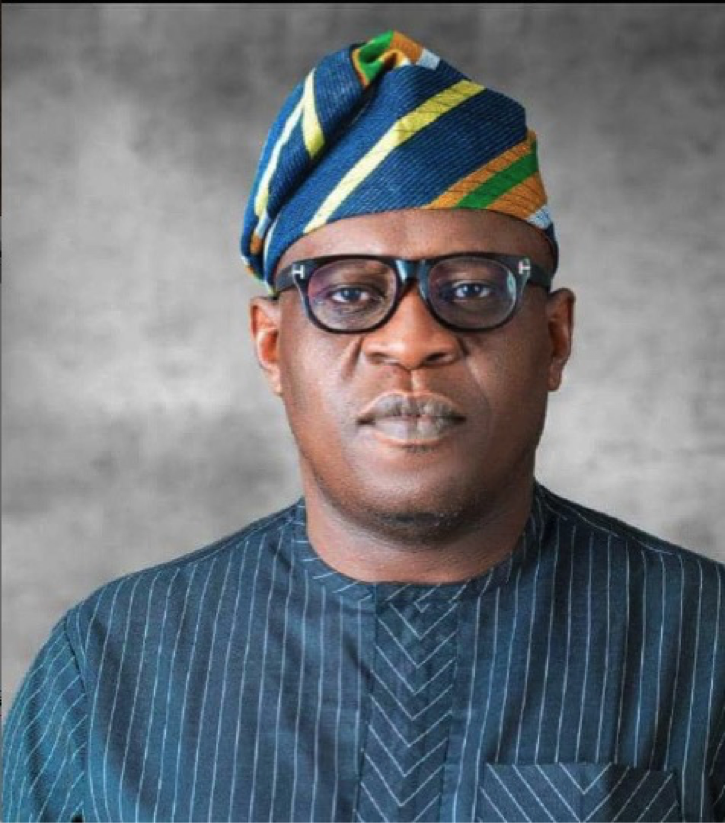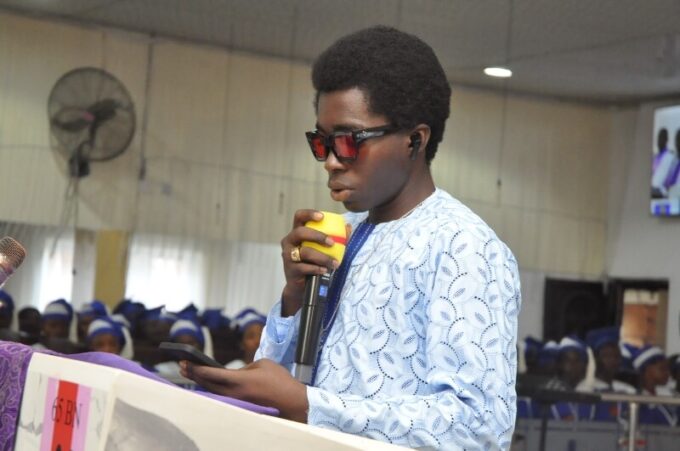Vanessa Obioha
In May, the National Film and Video Censors Board (NFVCB) announced the Nigeria Indigenous Language Film Showcase (NILFS), an initiative aimed at promoting the use of Nigerian indigenous languages in cinema, particularly those beyond the three widely spoken tongues: Igbo, Yoruba, and Hausa.
For the Executive Director of the agency, Shuaib Hussein, the competition is a deliberate effort to preserve and resuscitate indigenous languages that are gradually fading from daily use. As someone who has long observed the Nigerian film industry, starting from his days as an arts and culture journalist, Hussein finds it disheartening that the same indigenous language films that once drew global attention to Nollywood are now struggling to find their place in the current landscape. He recounted how in 2006, the United Nations Educational, Scientific, and Cultural Organisation (UNESCO) recognised Nigeria as the second largest film-producing society in the world.
“At the time, we were making films in different languages, such as Igala, Tiv, Itsekiri and others, which were captured by the Board. I think we made about 2600 films in a year and that was a big number then. But nowadays we hardly get such films. Before, we used to get films from Esan and other ethnic groups, but we no longer get such,” he said during a recent chat.
That decline in indigenous films, according to him, can be attributed to the industry’s growing inclination towards English and a narrow focus on the more commercially viable languages. Even when indigenous languages are used, they are often diluted.
“Everybody who is a filmmaker is doing a film in English,” he said. “If they want to do any film they go for mainly the three known languages. Even in some of the Igbo films, the language spoken is not 100 per cent Igbo. You are likely to find English sprinkled along the line, what we call Engli-Igbo.”
The irony is hard to miss. Nollywood’s earliest films, like ‘Living in Bondage’ and ‘Taboo’, were shot entirely in Igbo and opened the gates for a thriving film culture. Today, that same genre is being sidelined in favour of market-driven productions that often neglect the depth and nuance of native languages.
With the NILFS, Hussein hopes to reverse this trend. Encouragingly, the response so far has been promising. The Board has already received an impressive number of entries in lesser-known indigenous languages, signalling a growing interest among young filmmakers to tell stories in their mother tongues.
Evaluation, he said, will be strictly based on language use and authenticity. A showcase is scheduled for October 4, where the selected films will be screened throughout the day. Prizes will be awarded to outstanding entries later in the evening, in what promises to be both a celebration and a call to action.
Still, reviving indigenous language films requires more than a one-off competition. What happens after the showcase? How can these films find their way to wider audiences?
To address this, the NFVCB is thinking beyond October. Hussein revealed that the Board is already in talks with both a digital streaming entity and the Nigerian Television Authority (NTA) to provide distribution channels for the showcased films.
“We are in talks with an online entity and the Nigerian Television Authority (NTA) to get these films broadcast on their platform,” he said.
By combining both traditional broadcast and digital platforms, the NFVCB is taking deliberate steps to ensure that these films don’t disappear into obscurity. This is particularly vital at a time when streaming platforms like Netflix are reshaping the global film industry and introducing audiences to content in languages from Zulu to Korean. Nigeria, with its more than 500 native tongues, has the potential to be part of this cultural and cinematic awakening.
Hussein is also looking beyond the industry hubs of Lagos and Abuja. He believes the showcase should travel to the communities where these languages are spoken and understood.
“We can have them screened to people in other areas so that they can connect with the stories,” he said.
Indeed, while on the surface, NILFS may seem like another industry project aimed at expanding Nollywood’s reach, its significance goes deeper. It is an extensive endeavour to preserve languages on the brink of extinction, and to remind us that storytelling has always been central to how cultures survive, evolve, and thrive.

















Leave a comment